This Is Not Going To End Well: Ancient Hebraic Battles, Reconstructed
Using a new book of cut-out paper castles (and a trebuchet), along with some special-guest LEGO minifigs, my kids recreated some historic Jewish scenes, including a beauty pageant
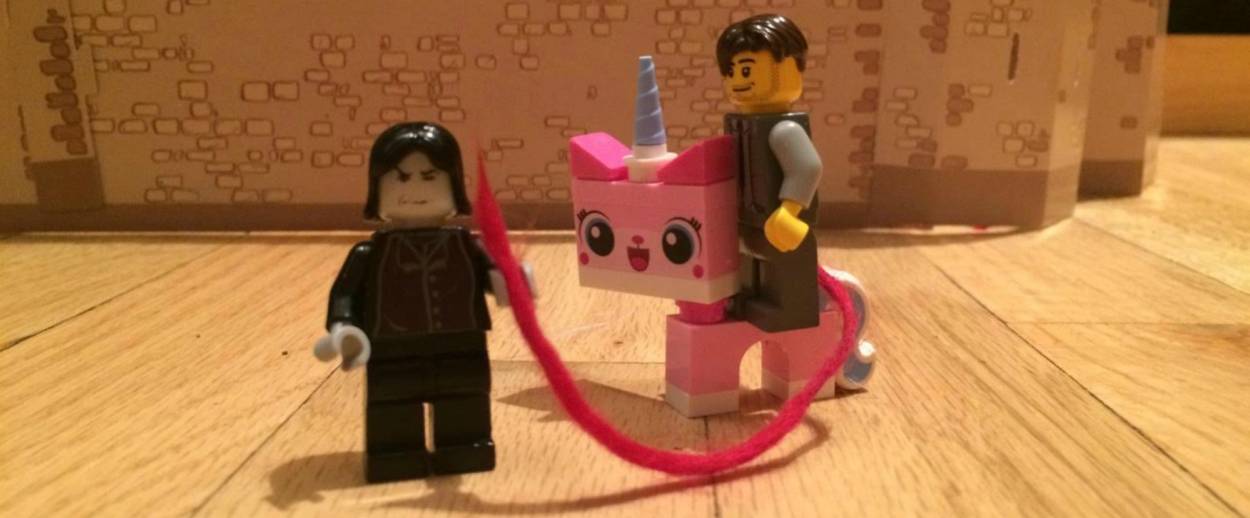
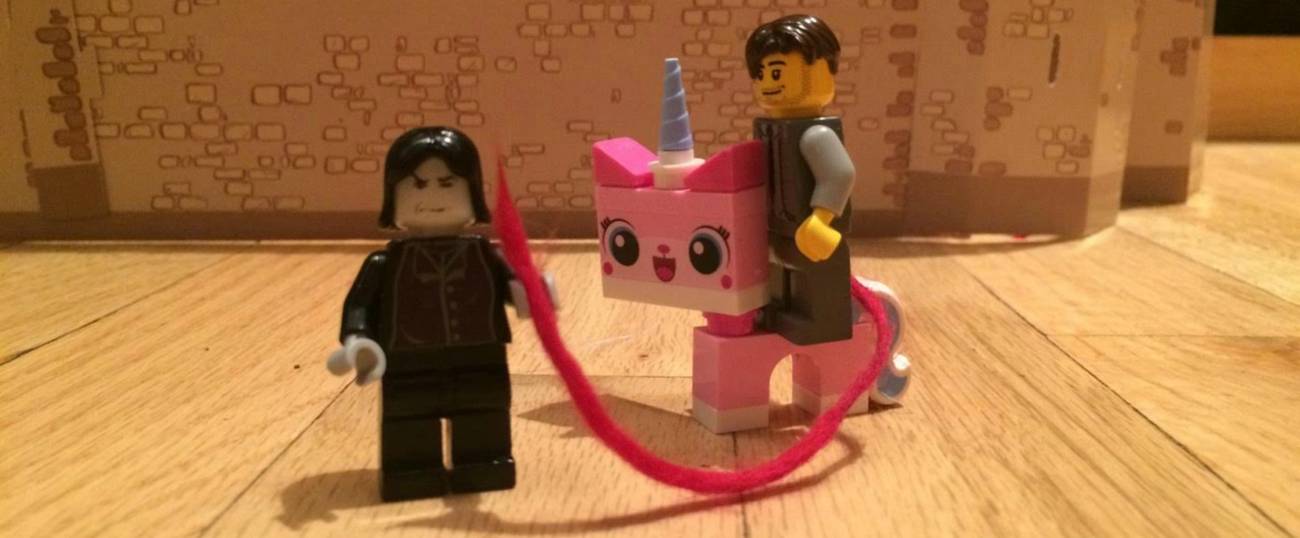


This week, among the children’s book deliveries on my desk, I found an oversized volume: Build! A Knight’s Castle. On the cover was a medieval citadel surrounded by archers, armed horsemen, and sword-wielding foot soldiers in chain mail. And the first thing I thought was: This story is not going to end well for the Jews.
I joke, but—not really. Have castles ever meant happy endings for Hebrews? When I see a stone fortress, I think: Crusades! King Edward I kicking all the Jews out of England in 1290! The expulsion from Spain in 1492! Given the facts of Jewish history, I wondered who, precisely, thought, “Yes! Let’s send this book to Tablet!”
As it turns out, Build! A Knight’s Castle is a well-written look at how archaeologists use digs, documents, paintings, and maps to reconstruct ancient fortresses and battle scenes. The first half of the book describes how archaeologists work; the second half involves paper cut-outs you can theoretically assemble into a castle, along with armies, a battering ram and an adorable trebuchet.
I brought it home for my daughters. We decided to construct the castle and depict the Siege of Jerusalem in 1099. This was part of the First Crusade, a time when Jews and Muslims fought side by side (ah, the irony) to defend Jerusalem from marauding Christian knights. Tens of thousands of Jews and Muslims were massacred or sold into slavery. Many of the Jews were rounded up and burned alive in their synagogue. Good times.
Sadly, putting together the castle turned out to be exasperating. The writing about archaeology in the book was a lot better than the instructions on fitting together the zillion farshtunkiner tabs and slots. If we’d watched the book trailer, we might have had a better idea of what went where, but since the trailer only has boys in it, it’s probably just as well we skipped it.
Our own boy, known as “Daddy,” is very good at putting things together, but he had to go give a speech about media measurement systems, so we just did our best. Here is our depiction of the aftermath of the Battle of Jerusalem.
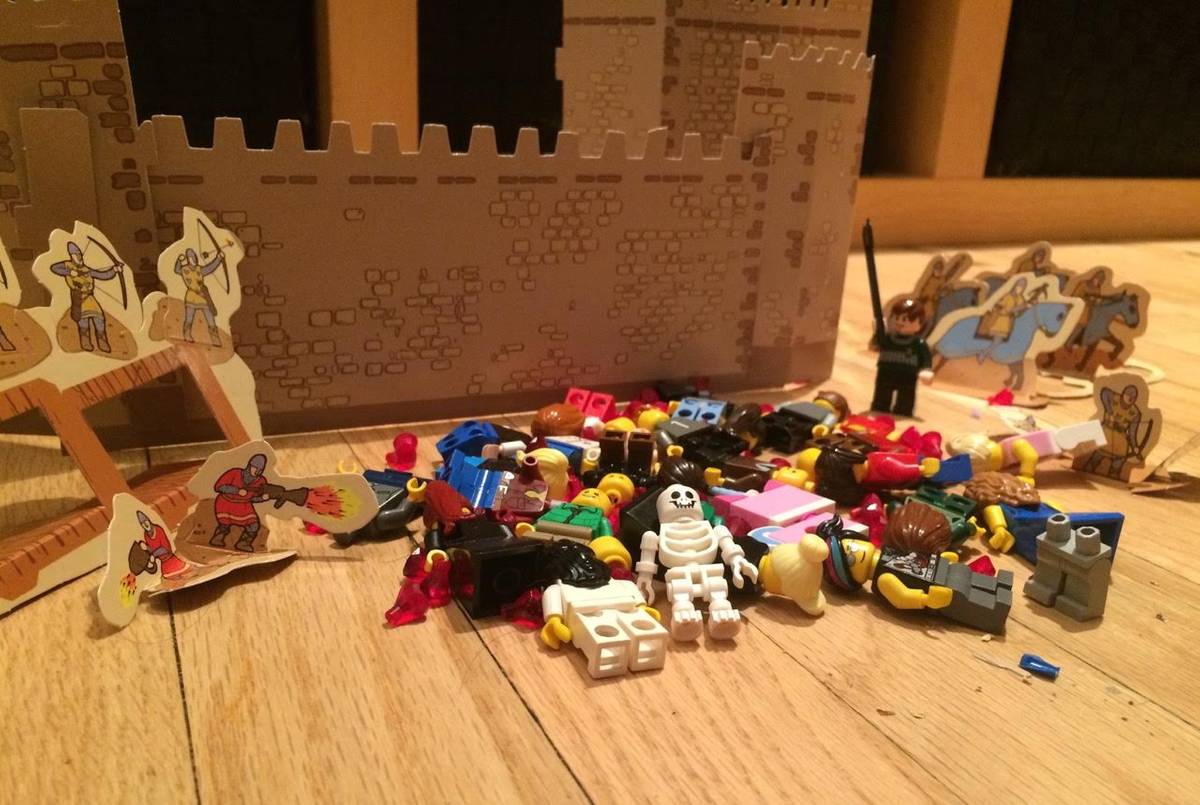
Since we were all very frustrated by our inability to make the castle pieces connect and stay there and stand upright (it was like an IKEA Liatorp system, but paper) we decided to depict the Battle of Jericho, which may not be historically verifiable, but is one of those rare instances in which Jews managed to knock down walls without hiring anyone. We let the paper castle collapse (yay!), then created an army of victorious Hebrews led by Joshua (played by a Harry Potter LEGO minifig) blowing a horn. There was a frantic search for the Lisa Simpson minifig, which comes with a saxophone, but we couldn’t find her, so Maxine, age 10, constructed a horn out of LEGO flowers, which seems like some kind of pacifist metaphor, I don’t know.
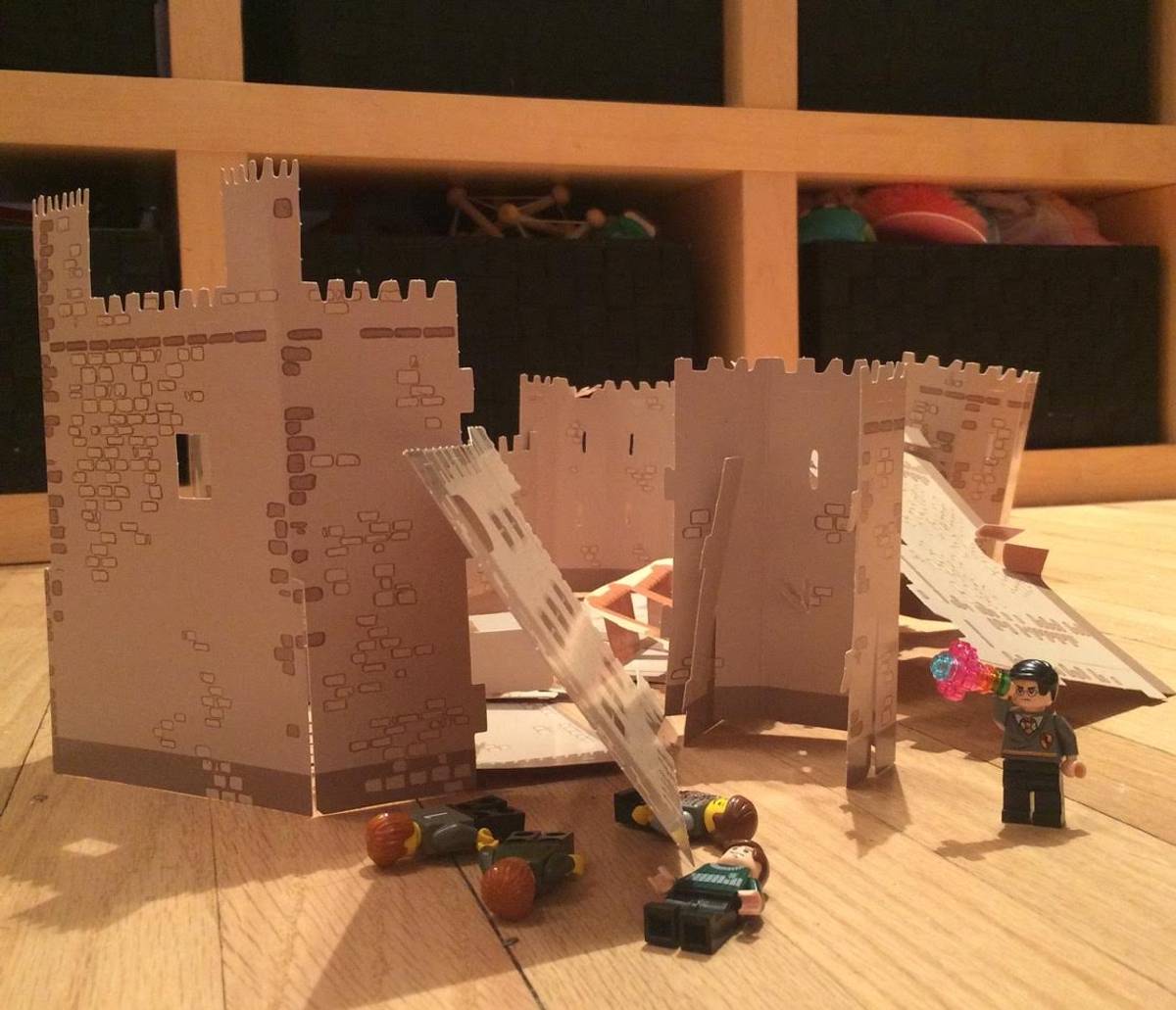
Then the girls decided to turn bits of the castle into a backdrop representing Ahasuerus’s palace in Shushan, from the story of Purim. They made two tableaux, one of the king picking Esther as his new wife from the beauty pageant of local ladies, and one of a resentful Haman (played by LEGO minifig Professor Snape) being forced to lead Mordechai around the city on a horse while calling “This is what is done for a man the king wishes to honor!”
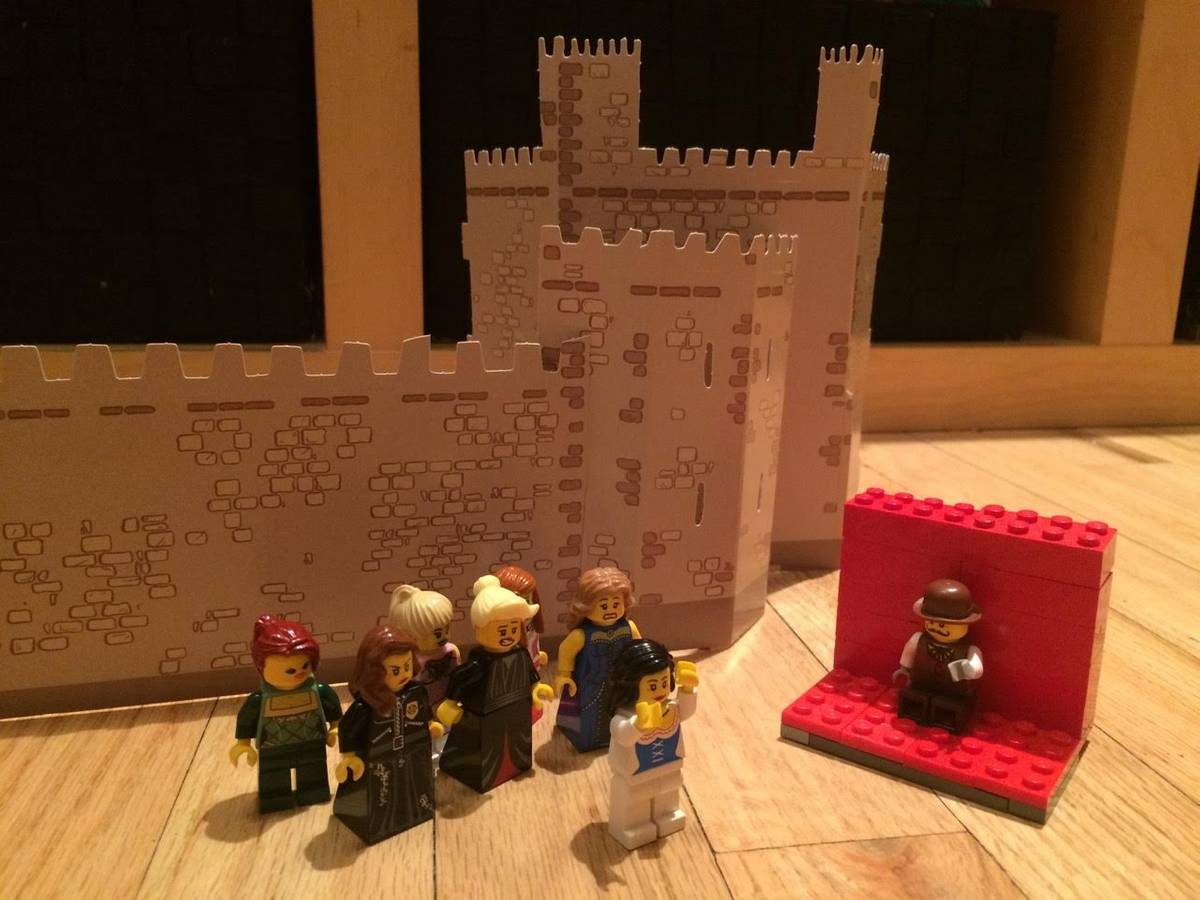
I guess you could say our evening turned into a classically Jewish lesson in trying to turn the bitterness of our history into a sweet teachable moment—the recreational equivalent of “they tried to kill us, we won, let’s eat.” Or maybe we all just got a kick out of repurposing things. Maybe all humans are like cats who would rather play with the cardboard box than the toy inside it.
Marjorie Ingall is a former columnist for Tablet, the author of Mamaleh Knows Best, and a frequent contributor to the New York Times Book Review.